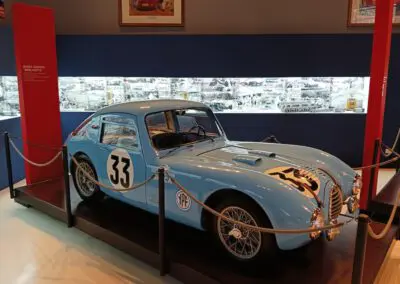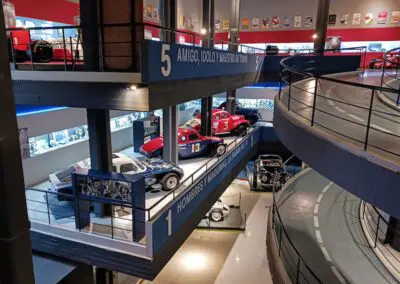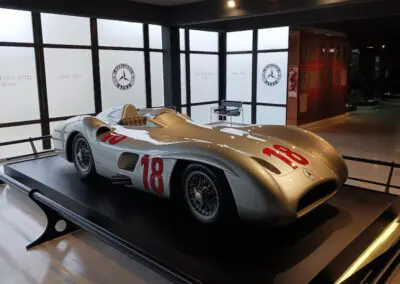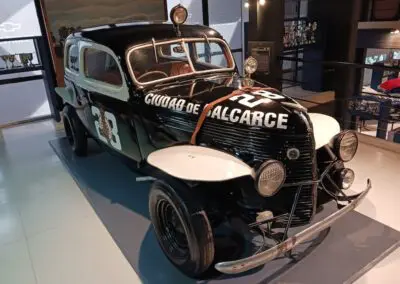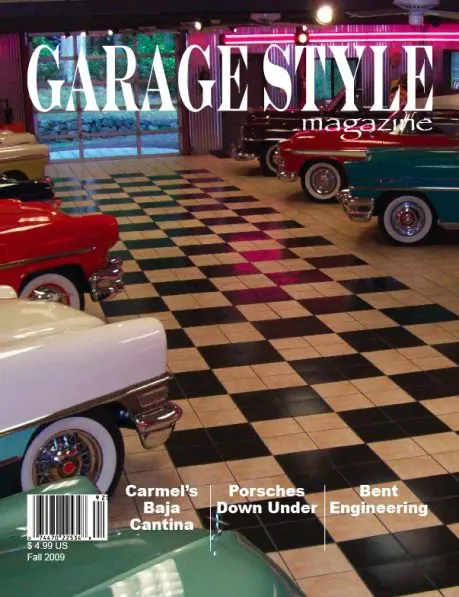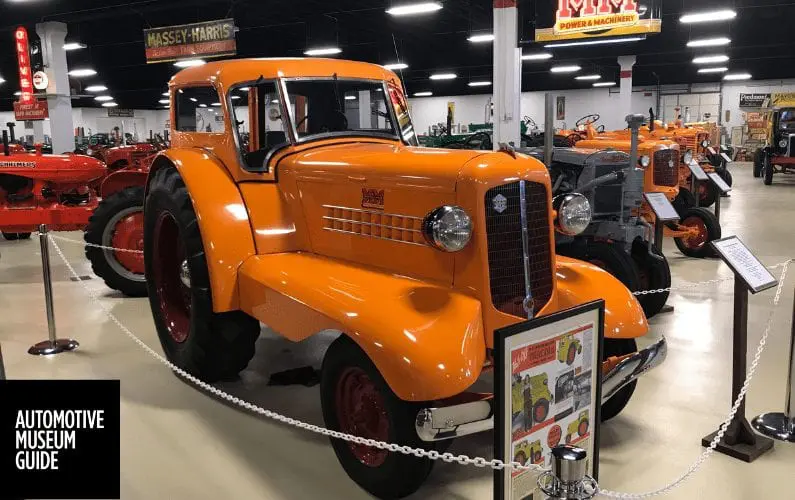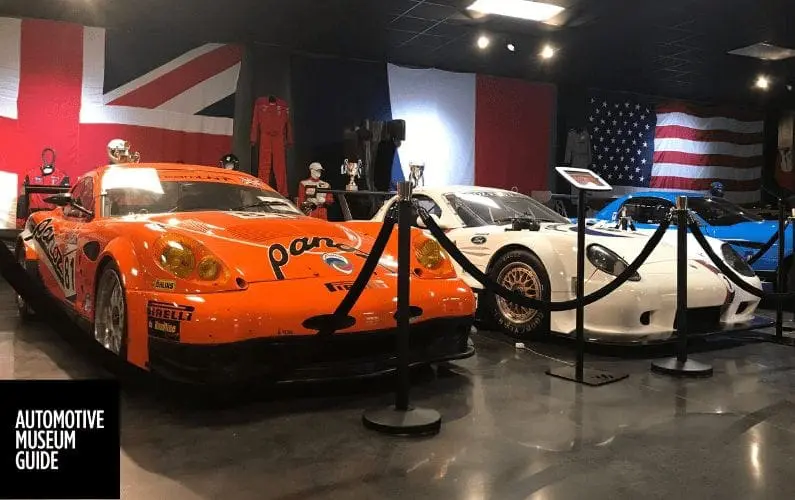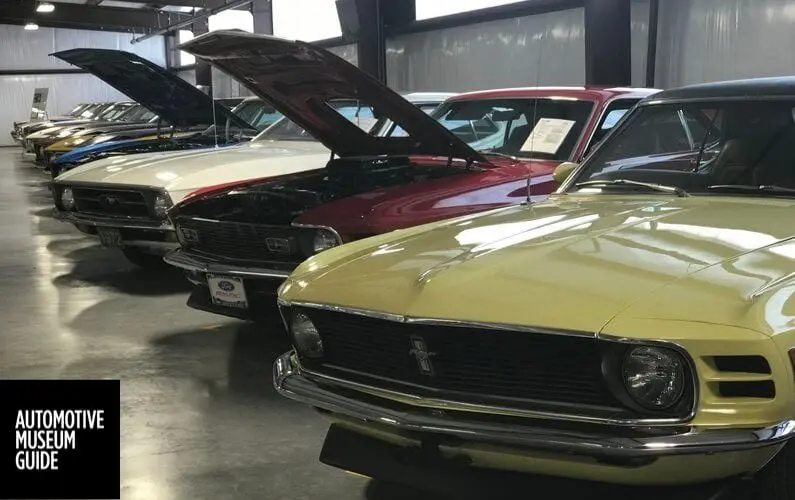Juan Manuel Fangio Museum
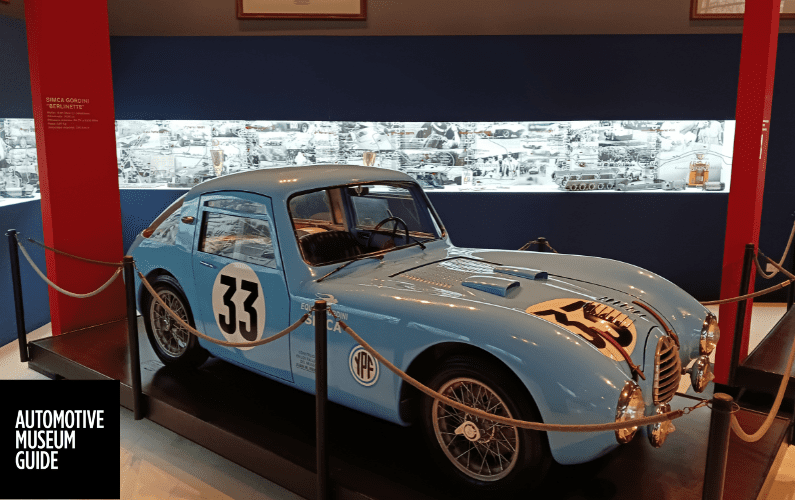
Balcarce is a small town in the pampas of Argentina. Surrounded by one of the most fertile lands in the world is known for its historical estancias (Ranch), potato farming, and a dessert cake, my favorite “Postre Balcarce”, which includes meringue, cream, and of course dulce de leche.
Around the world though, the small town is known for being one of its heroes. A man that in 1947 decided to go to Europe and compete at the top of the motorsports scene in the 1950s. Juan Manuel Fangio would return to Balcarce after winning five world championships.
In 1979 the city started a plan to create a tribute to “el chueco” (the bowlegged) by building a museum in his honor and by extension to the history of motorsports in Argentina. The doors opened in 1986 in the former Bank 1906 building in front of the city plaza. It has become a place to visit for car enthusiasts around the world. Today the 50,000 plus sq. ft facility, which has six floors and is reminiscent of the old Mercedes Benz Museum in Stuttgart, is a jewel to car nuts.

On my latest visit, I was impressed with how well-kept this place is. Cars, trophies, memorabilia, and even Fangio’s racing gear are displayed in an elegant and orderly fashion. There are new extensions to the building that now feature Froilan Gonzalez’s career (Ferrari’s first GP win) and a replica of Fangio’s shop in the thirties.
As a teenager, JM Fangio learned to work on cars at the Studebaker Dealership in town. In 1928, being 17 years old, he was offered to drive a Chevrolet Campeon at a race by his boss Miguel Viggiano. These cars were built in the San Telmo neighborhood of Buenos Aires by an American company. The “Especial Argentino”, as it was known, became a success with almost 2,000 orders in 1925, its first year of production in the country. As the race date approached, and perhaps because Fangio was underage, his duties change from driver to co-driver, which at the time was the mechanic role, the one that kept the car running through the race. As it turns out, his mechanical know-how made a difference and allowed the car to finish second in the 182 KM (120 miles) race through the dirt roads around Coronel Vidal.
On display, there are most of Fangio’s race cars or replicas that follow his exceptional career. From the 30’s and 40’s, the focus was on the most popular series in South America. The long-distance events raced from town to town or even country to country. The Gran Premio de Sud America run from Buenos Aires to Lima (Peru), but in 1948 the checkered flag dropped in Caracas, Venezuela after 9576 miles. Fangio had his first major accident in the event, and his copilot lost his life in the crash.
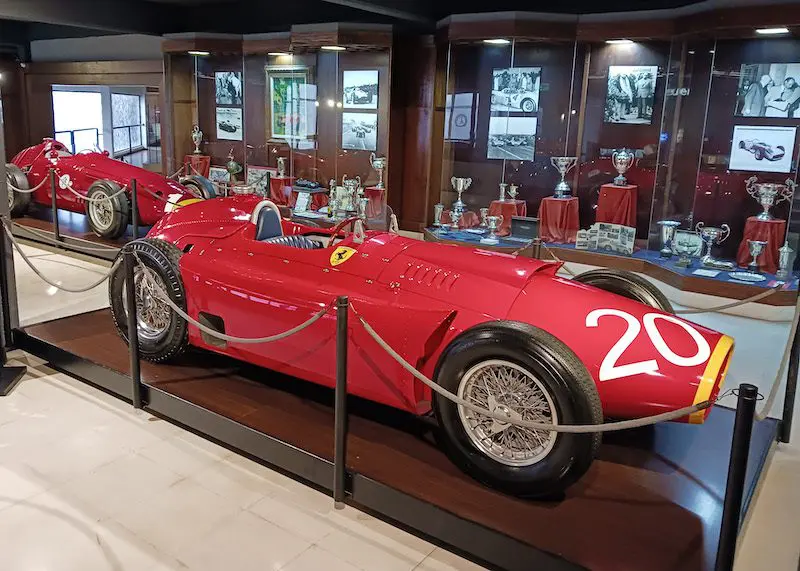
The Turismo Carretera (TC) is the longest-uninterrupted racing series in the world. With such a tradition it equals (or maybe surpasses) the American NASCAR popularity in South America. Several cars from the early forties onwards let the visitor realize how precarious and dangerous was racing across the vast landscape of Argentina. With straights between towns that were 20 or 30 miles long, the cars would reach incredible speeds. The refueling was on the go. The co-pilot would grab a 10-gallon can hanging from the passenger window and start pouring the gasoline on the main tank behind the occupants’ seat at over 100 miles an hour. With multiple car examples throughout the series’ history, it is a pleasure to see how it was a long time ago.
JM Fangio‘s five Grand Prix world titles record stood for forty-six years. But the man was the best ambassador of the sport until his departure. He symbolizes an era long gone where media and money were put into the background.
Among the selection of cars at the museum you find.
1928 Chevrolet Campeon (his first entry)
1929 Ford A (his first race car)
The Buenos Aires- Caracas 1939 Chevrolet he raced (Replica)
1947 Chevrolet coupe “La Negrita” (Little black thing)
1948 Simca-Gordini (his first Grand Prix)
1948 Simca-Gordini T15 (his first 24 hours of Le Mans)
1951 Alfa Romeo 159 (first World Championship)
1954 Maserati 250F (second World Championship)
1955 Mercedes Benz W196 (Third World Championship)
1955 Mercedes Benz W196 closed-body version
1956 Ferrari 500 (fourth World Championship)
1957 Lancia-Ferrari (fifth World Championship)
The museum has more than a hundred cars and lots of memorabilia to browse for days. Something to see is the largest trophy ever created which was presented to JM Fangio by Rosario’s Argentineans Drivers Association and it’s on display near the entrance.
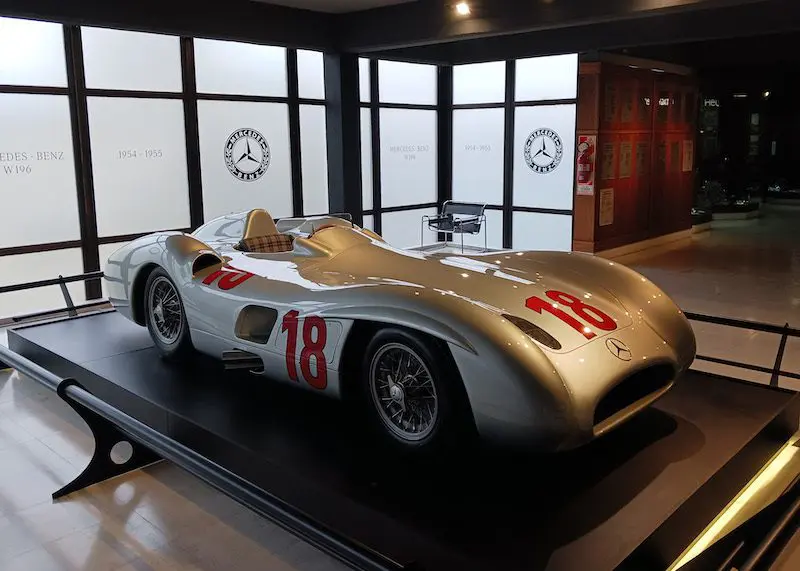
A day may not be enough to absorb the meaning of everything that is on display. For the motorsport fan, this place is full of history, the location, and Fangio’s mausoleum itself creates an ambiance like no other.
This town is about 260 miles from the capital city and you can reach it by car or bus. But you may be better off traveling to Mar del Plata first and staying in this beautiful beach city that offers all the amenities of larger metropolitan areas. From there it is just 40 miles through the green pasture surroundings. The experience is like traveling back in time and highly recommended.
By Ricardo Rodriguez-Long
Learn More about Museo Fangio HERE.
Images via Ricardo Rodriguez Long
.
Sign up for updates
YOU MAY ALSO LIKE
Visiting Keystone Truck and Tractor Museum
The Keystone Truck and Tractor Museum in Colonial Heights, Virginia is a fantastic automotive museum full of over 150 antique tractors and more.
Visiting the Tampa Bay Automobile Museum
The Tampa Bay Automobile Museum is a must stop place if you're in the Tampa, FL area. If you're cruising out of Tampa take a few extra hours and stop by.
The Panoz Museum
The Panoz Museum in Hoschton, Georgia is a must stop for any automotive enthusiast, especially race fans. Not only is the Panoz hand made right on site but they also display various models in the museum, as well as some of the actual race cars and racing...
Visiting the Mustang Museum of America
I recently had the opportunity to visit the Mustang Museum of America in Odenville, Alabama and I've got to say I was really impressed especially once I was told how recently the museum started.
automotive museum guide
get updates
Sign up to get updates about automotive museums right to your mailbox. Don't miss a thing. It's FREE.






